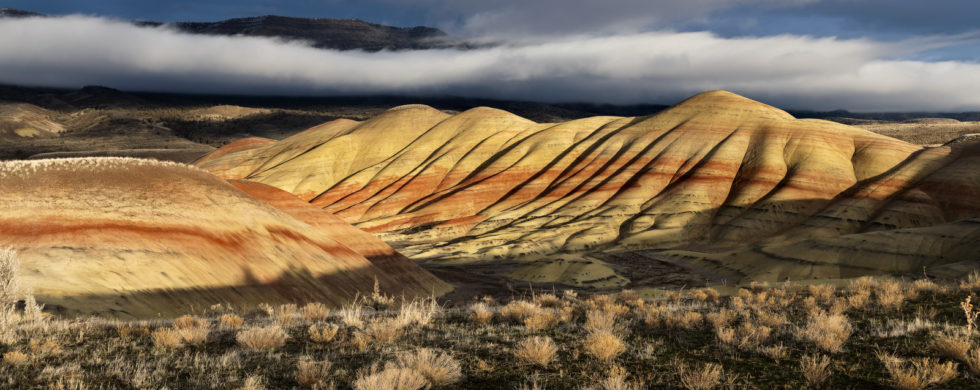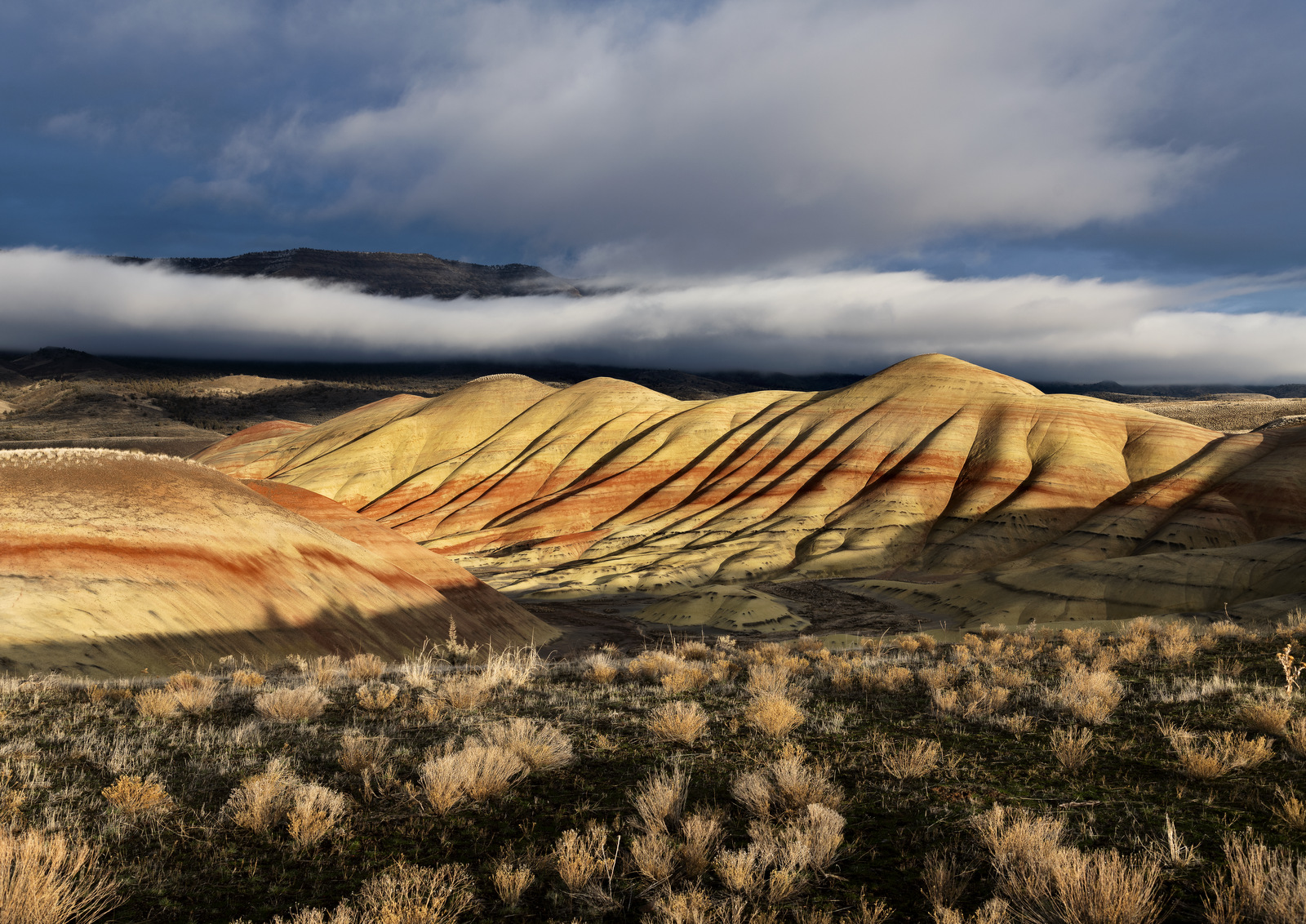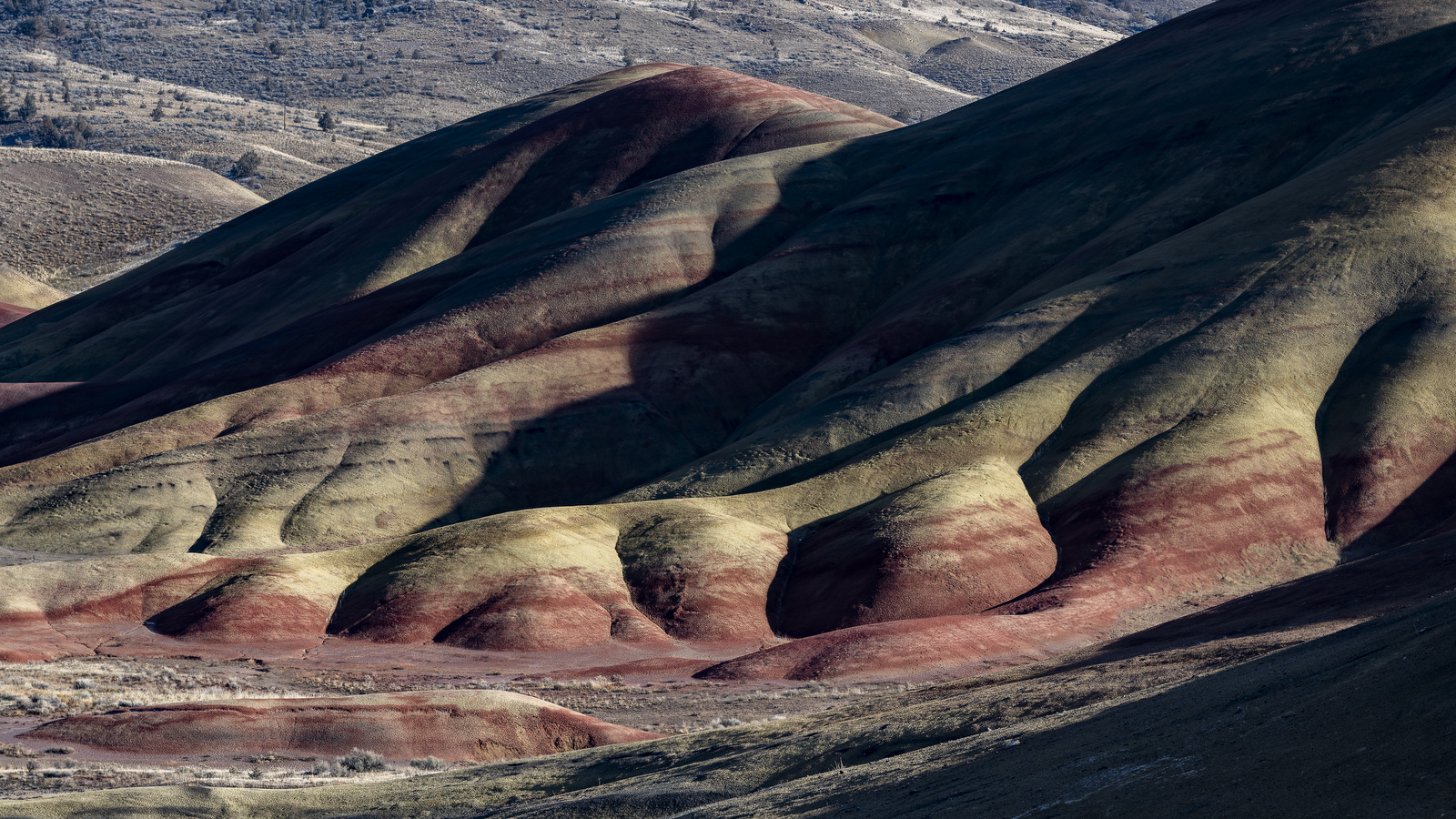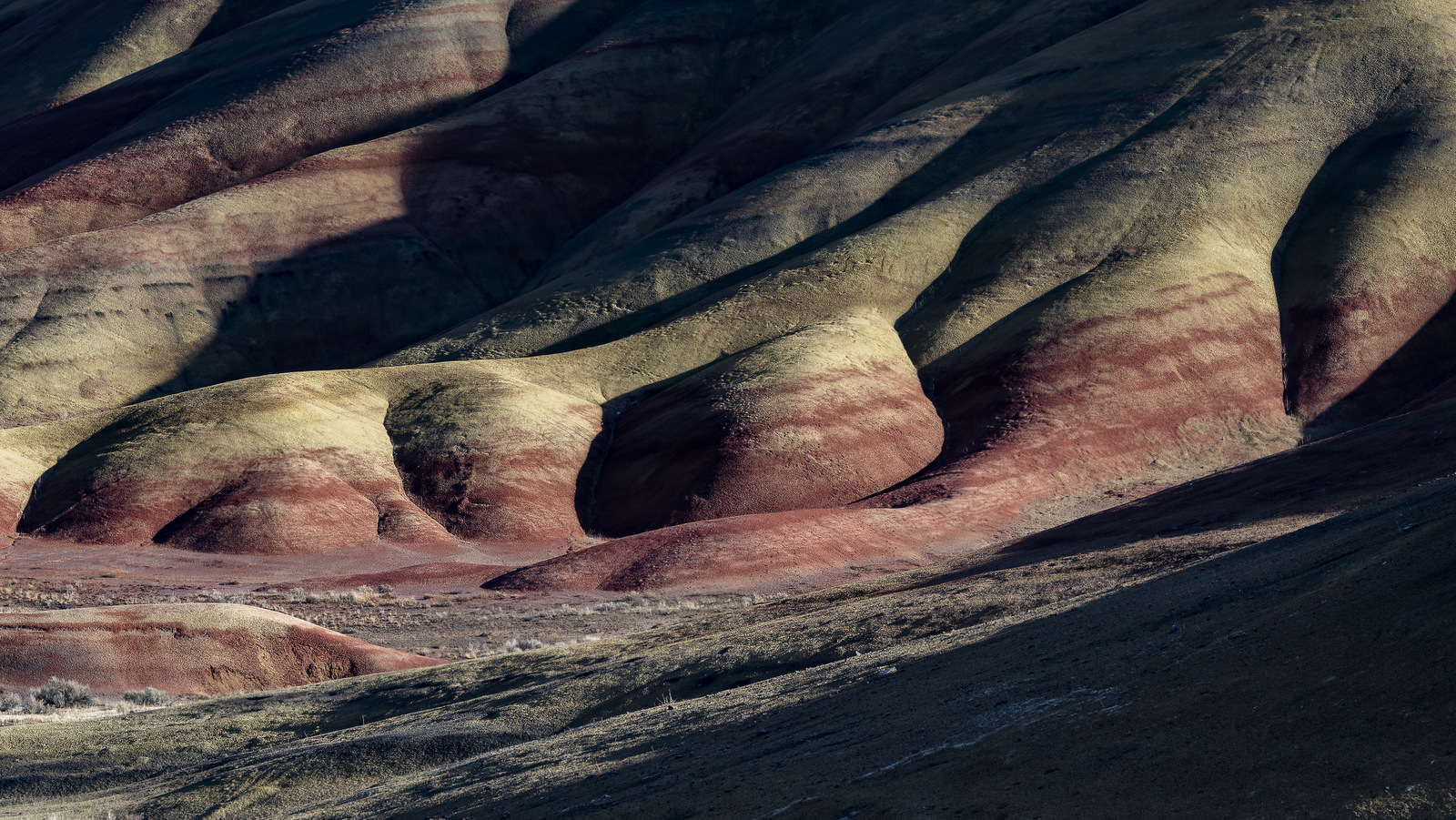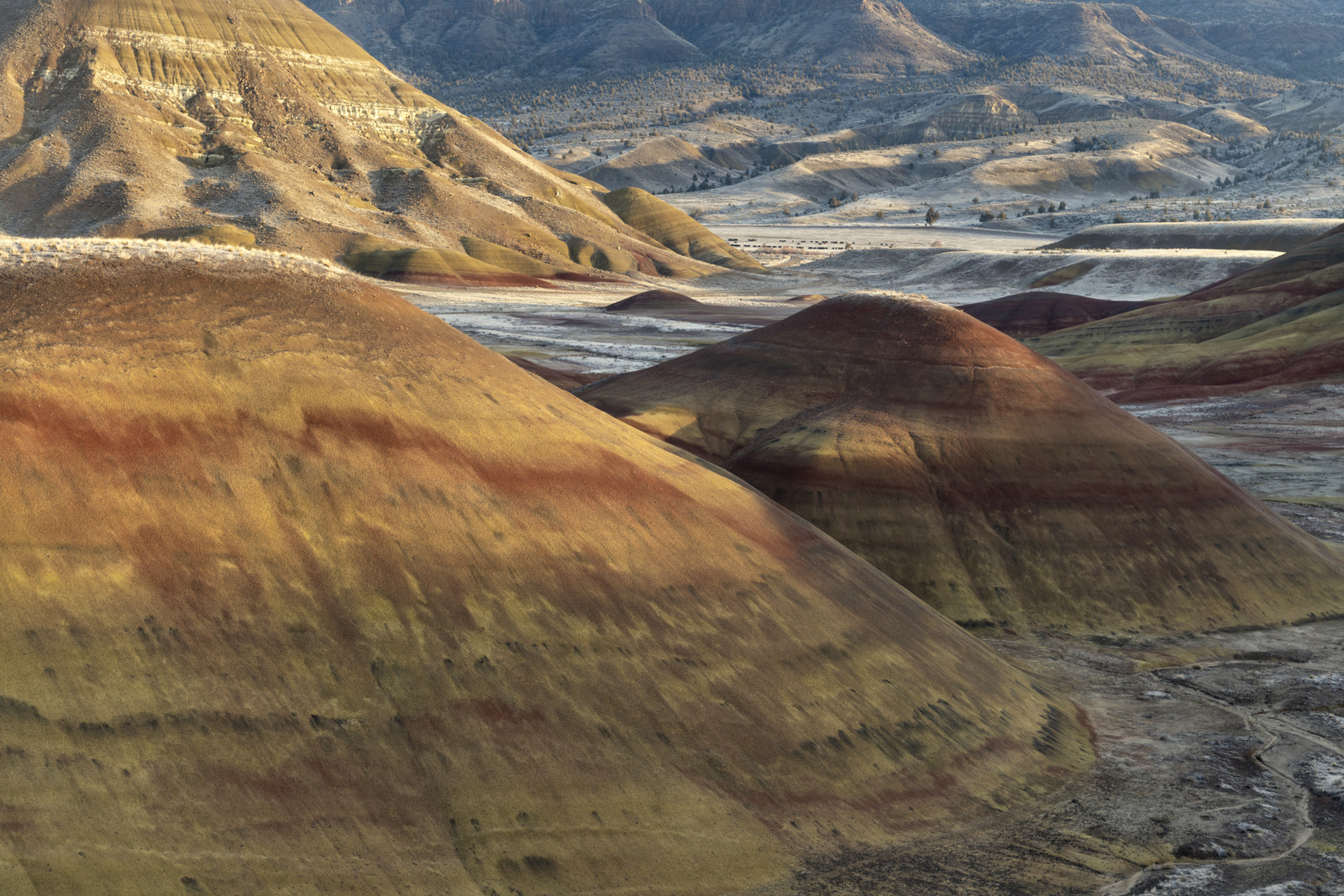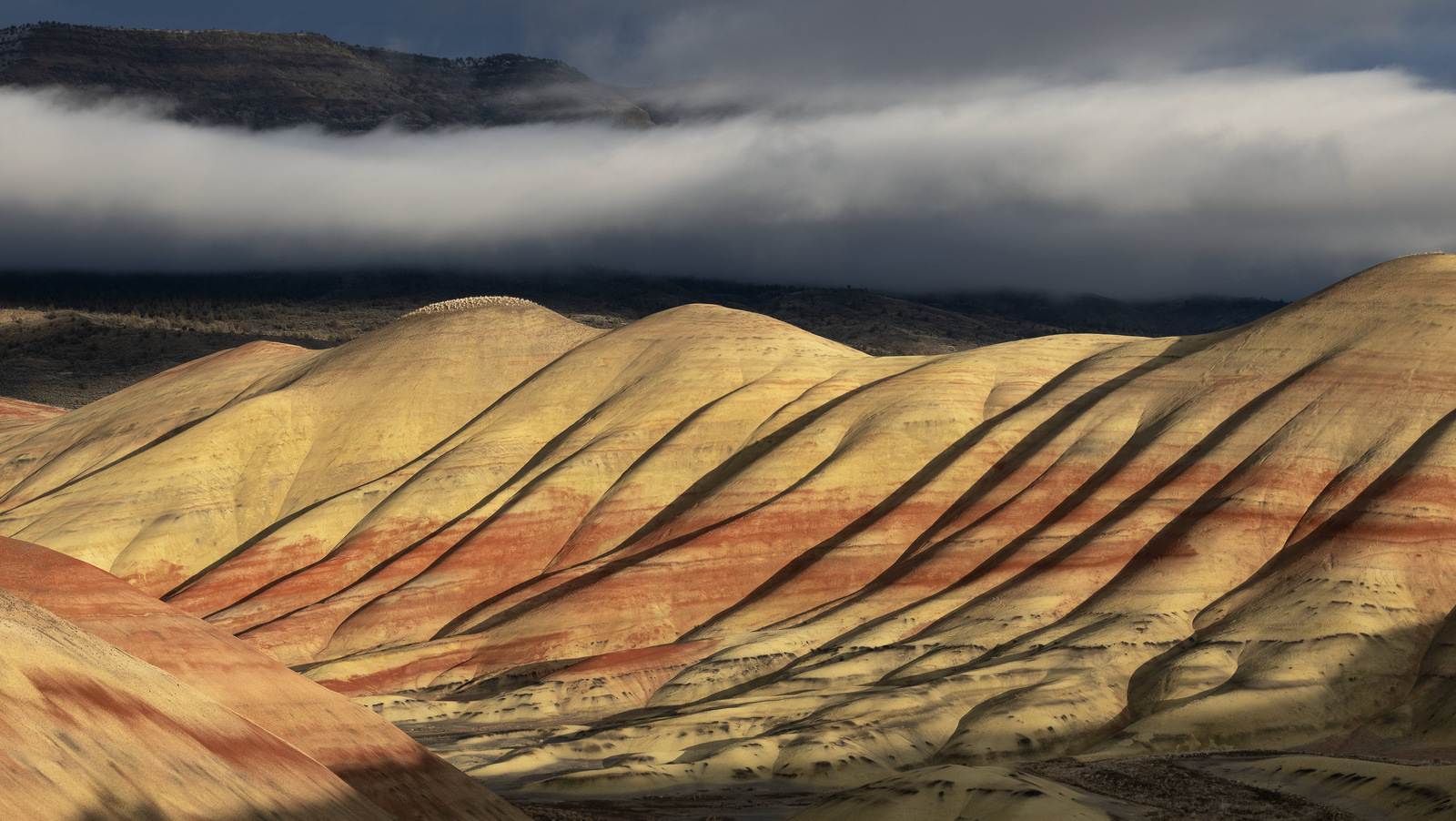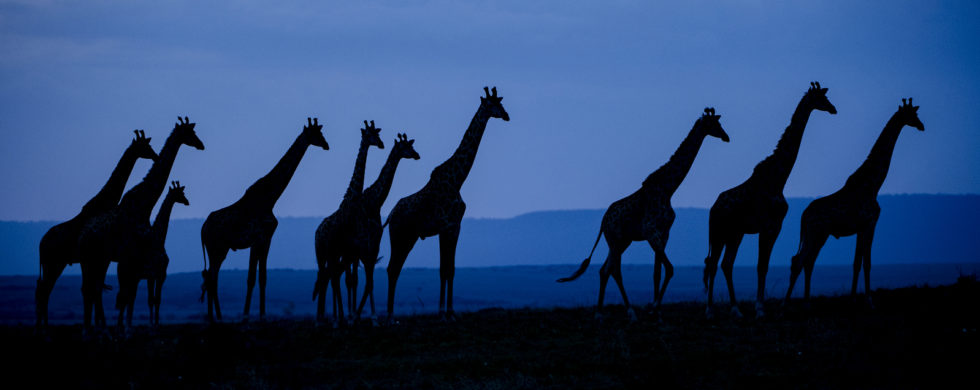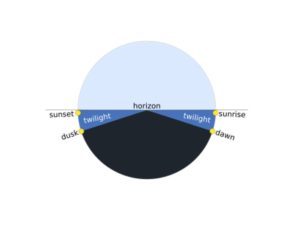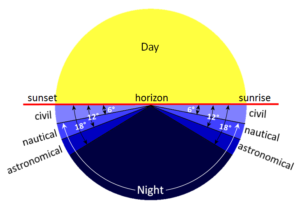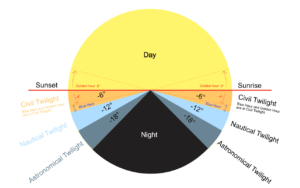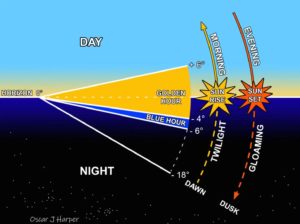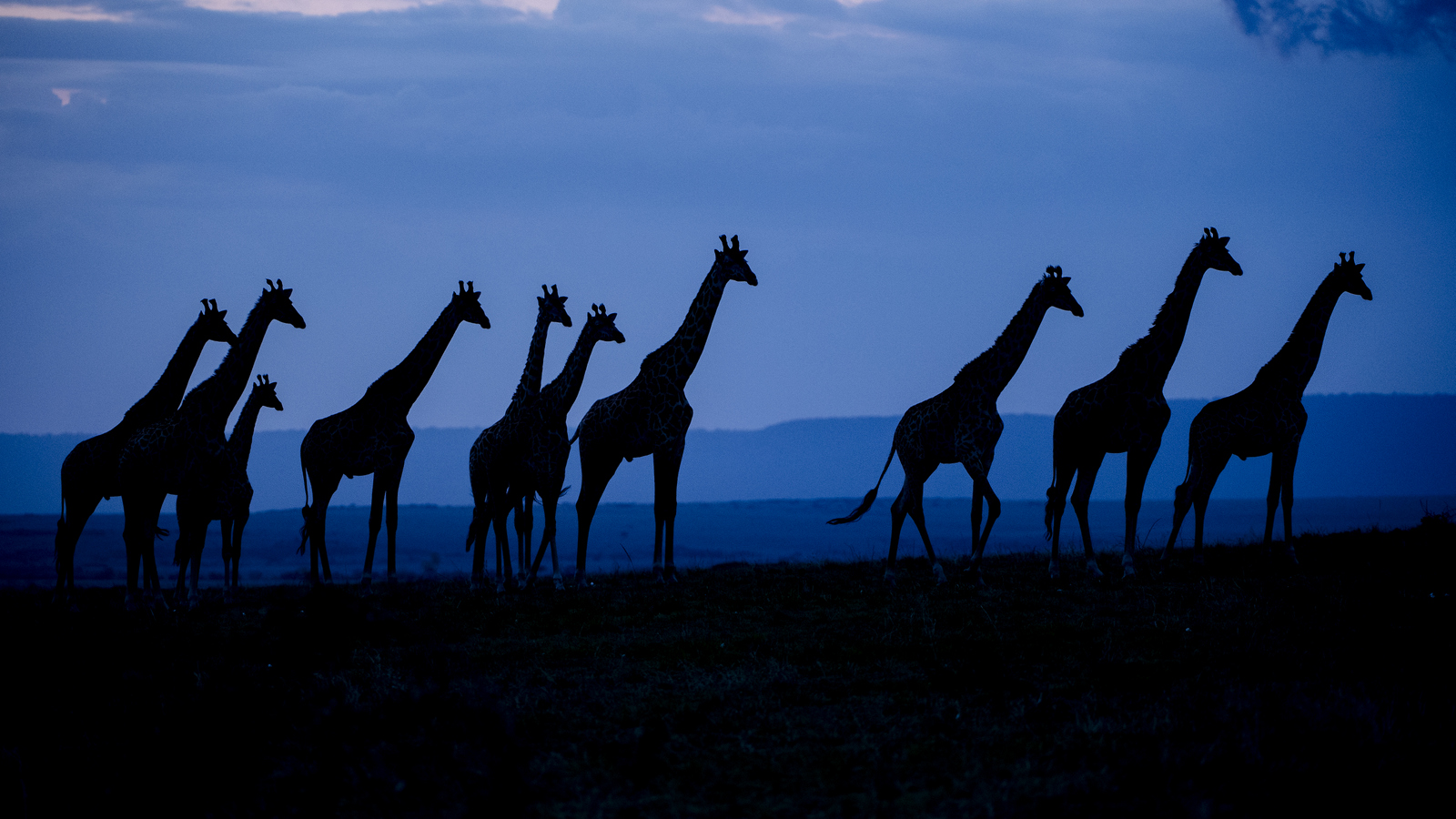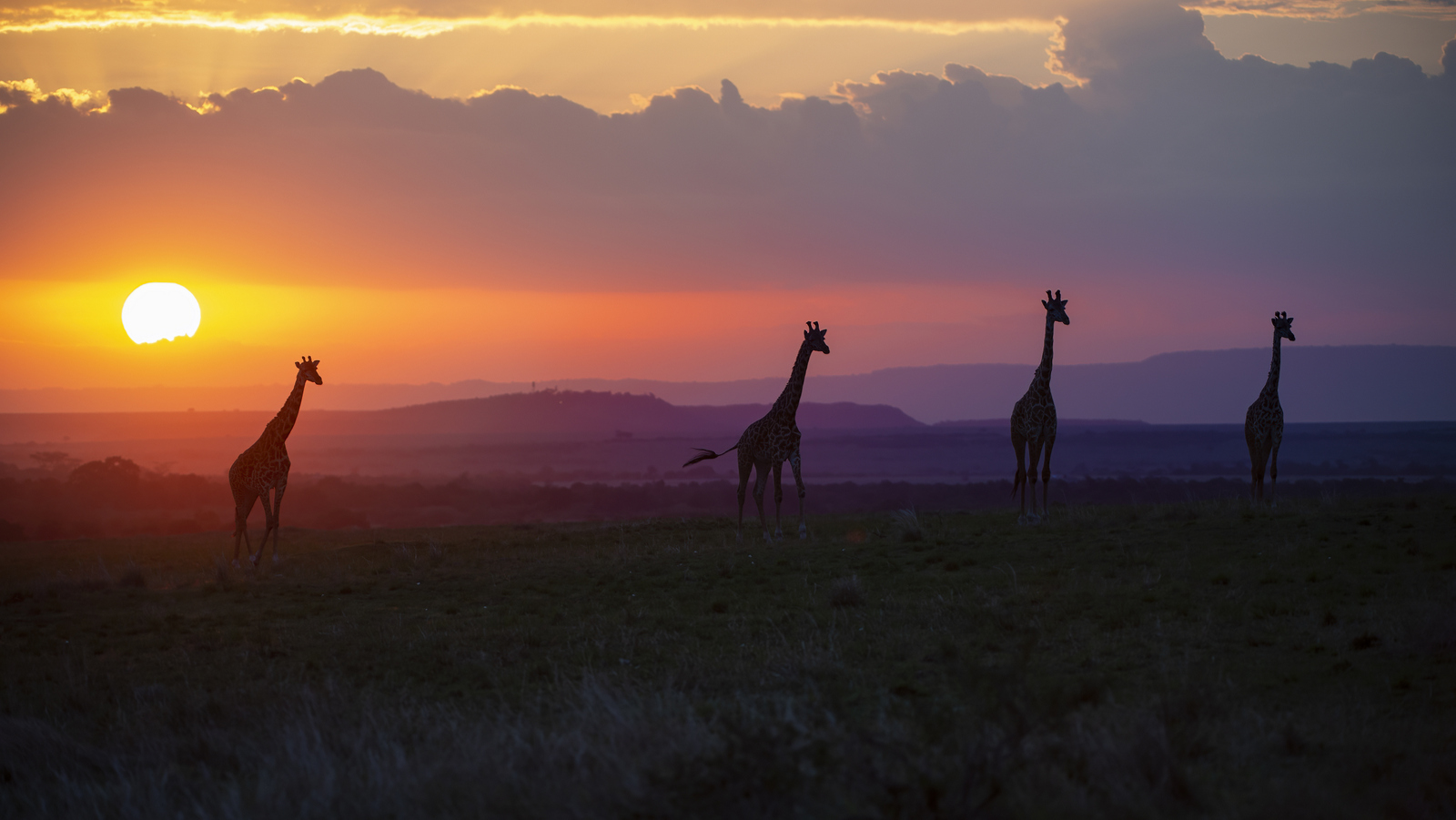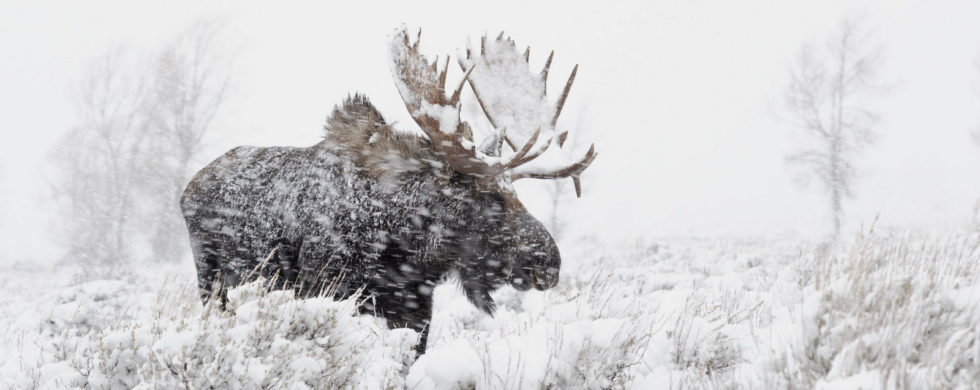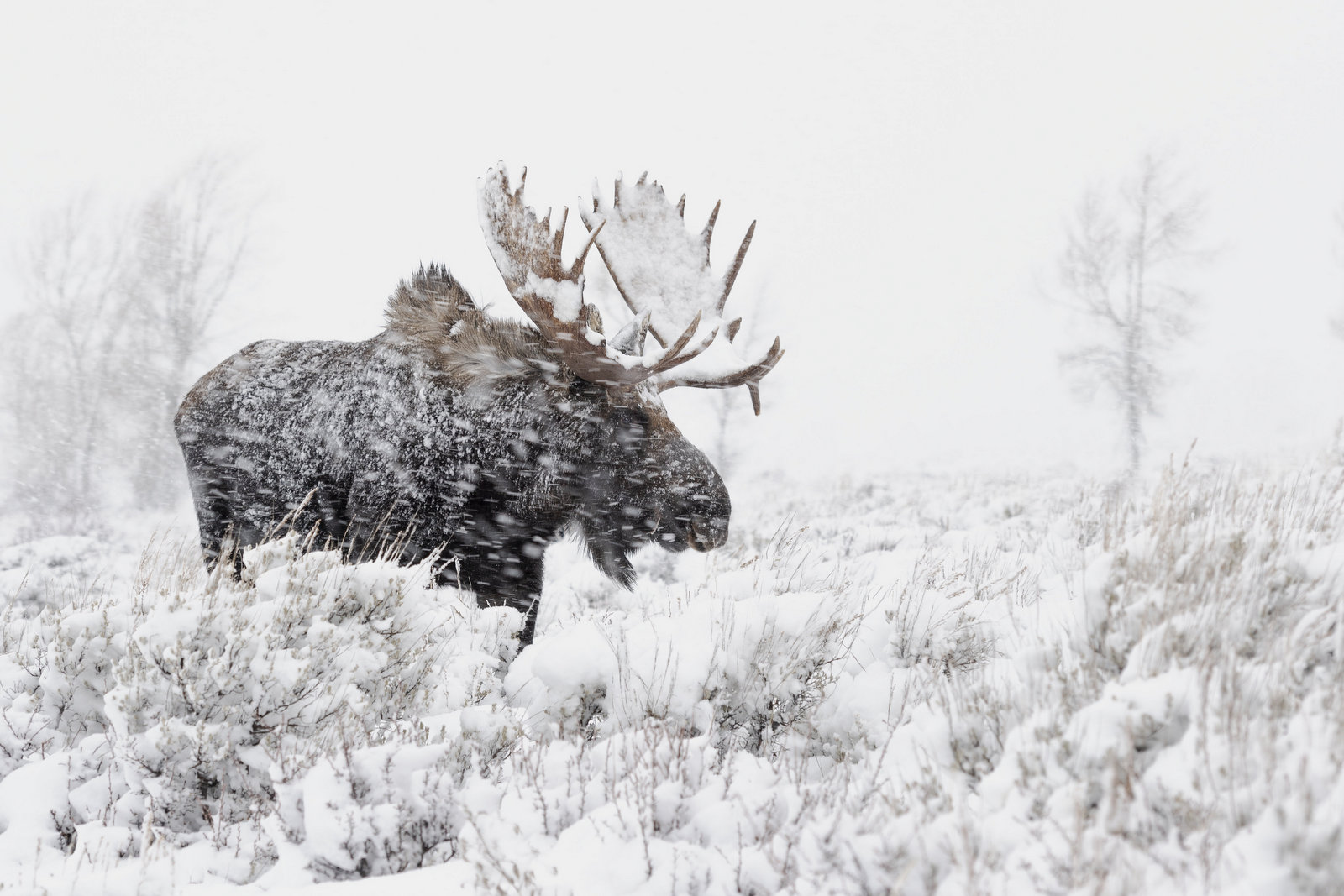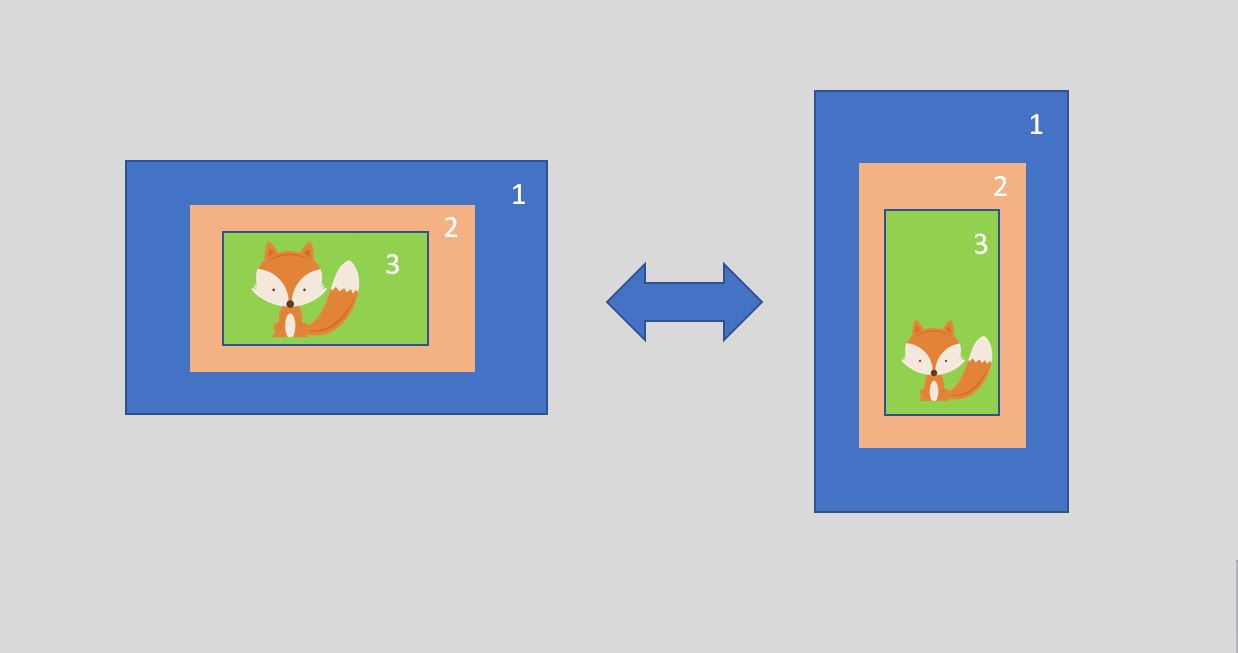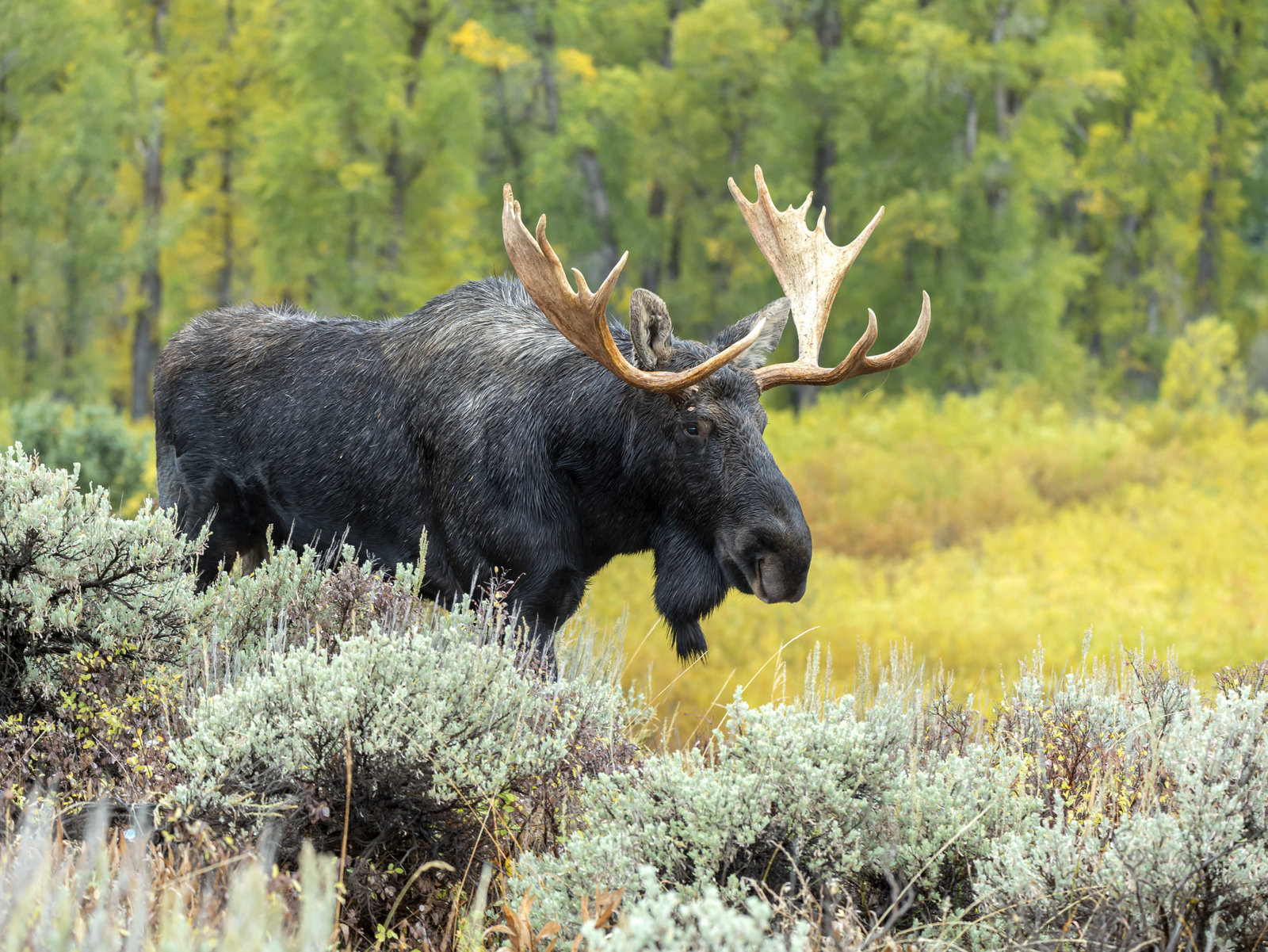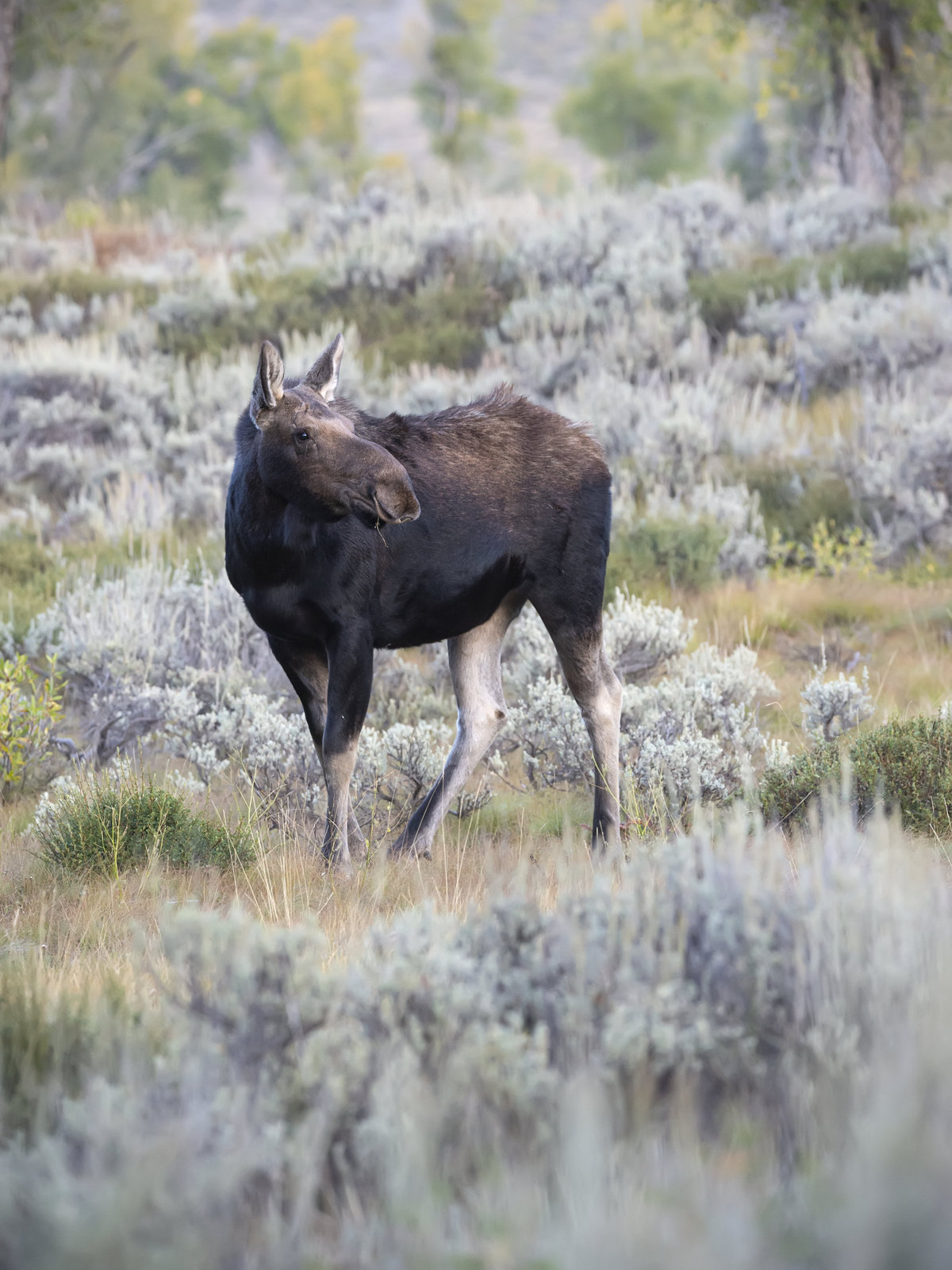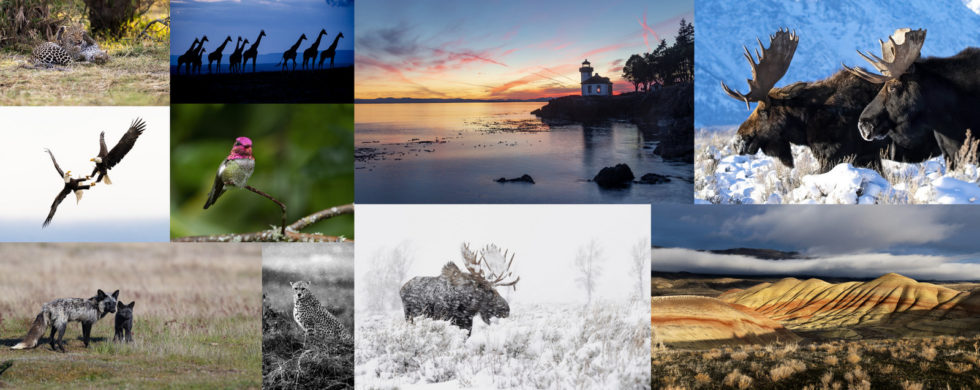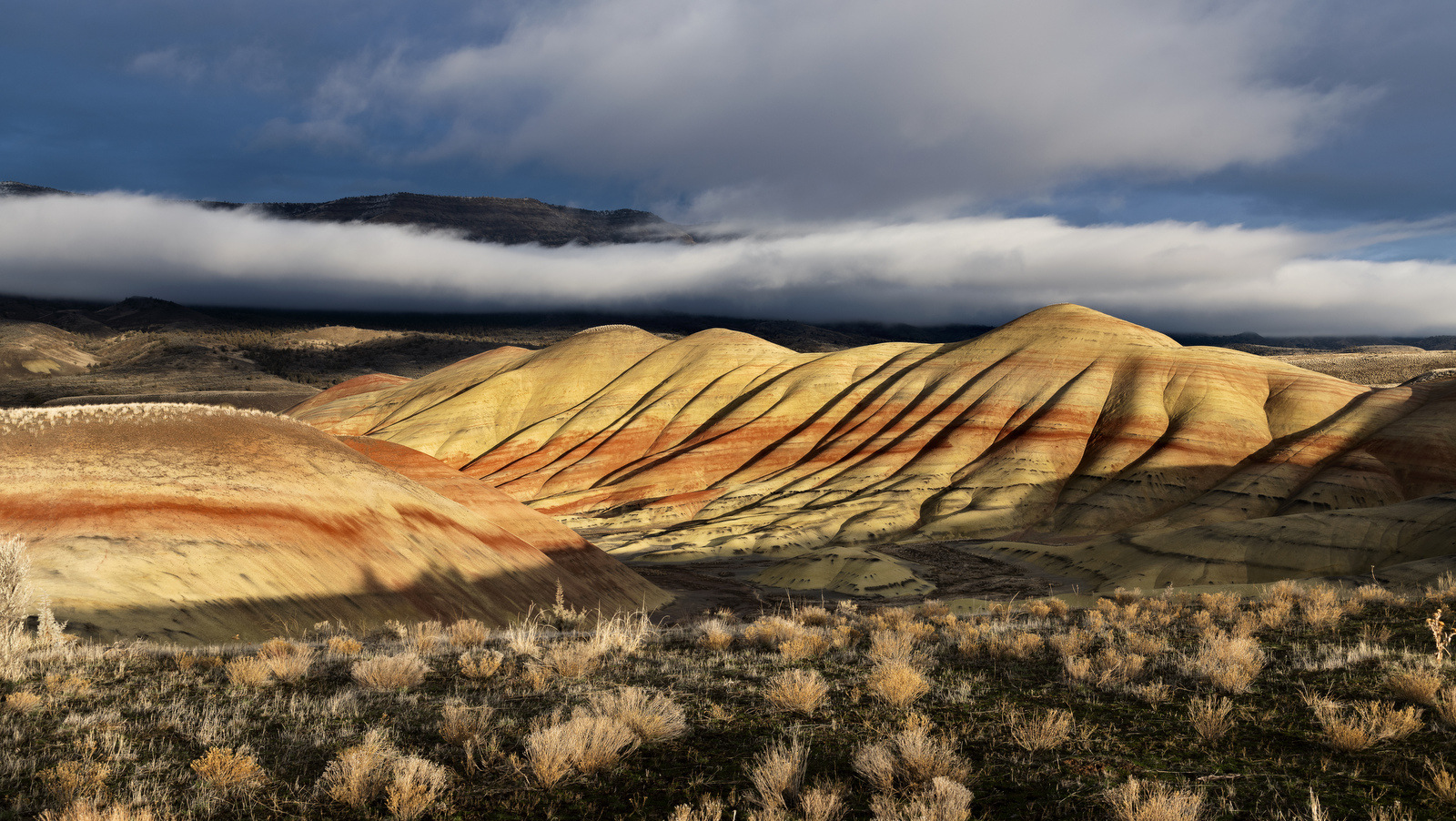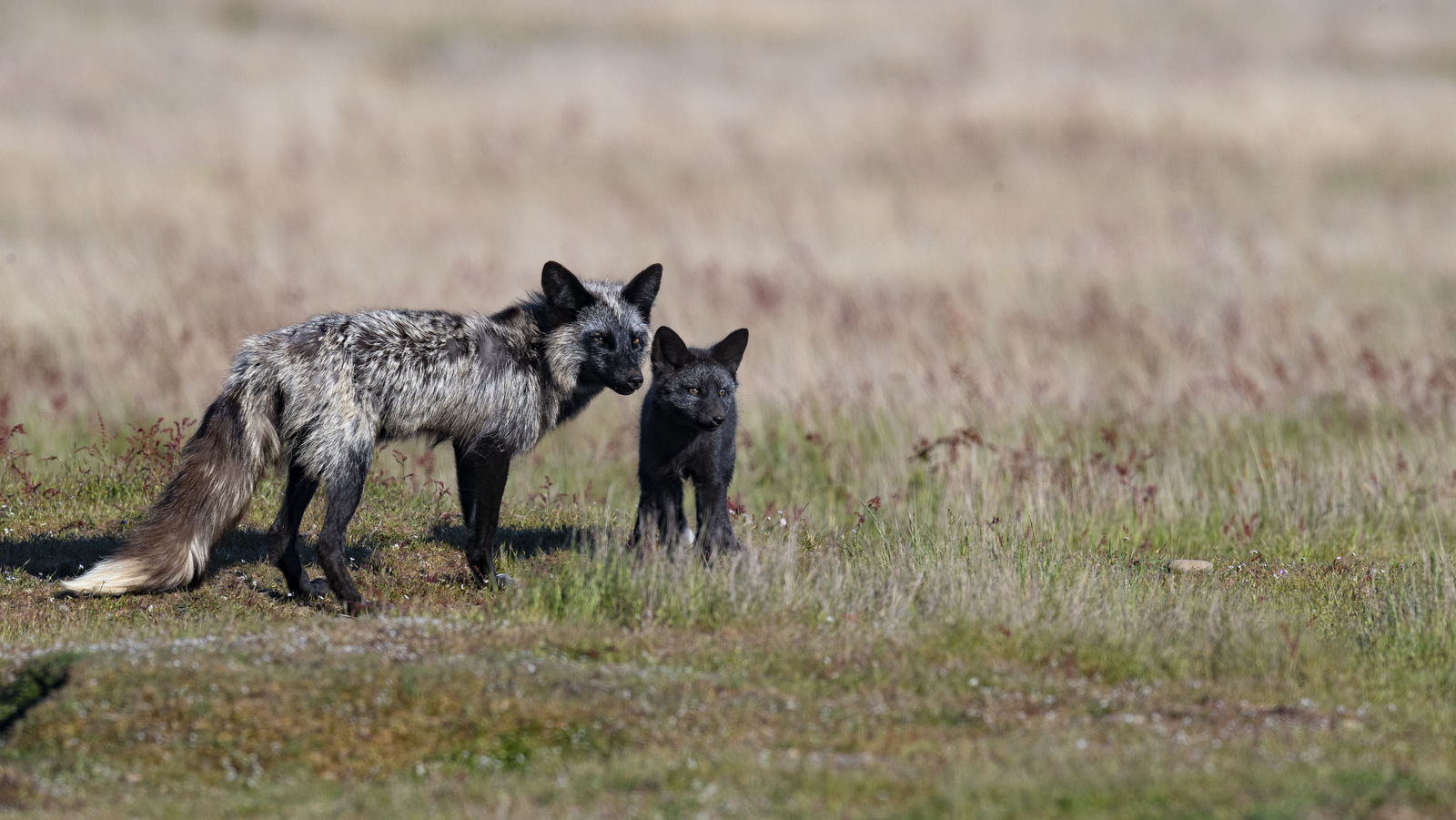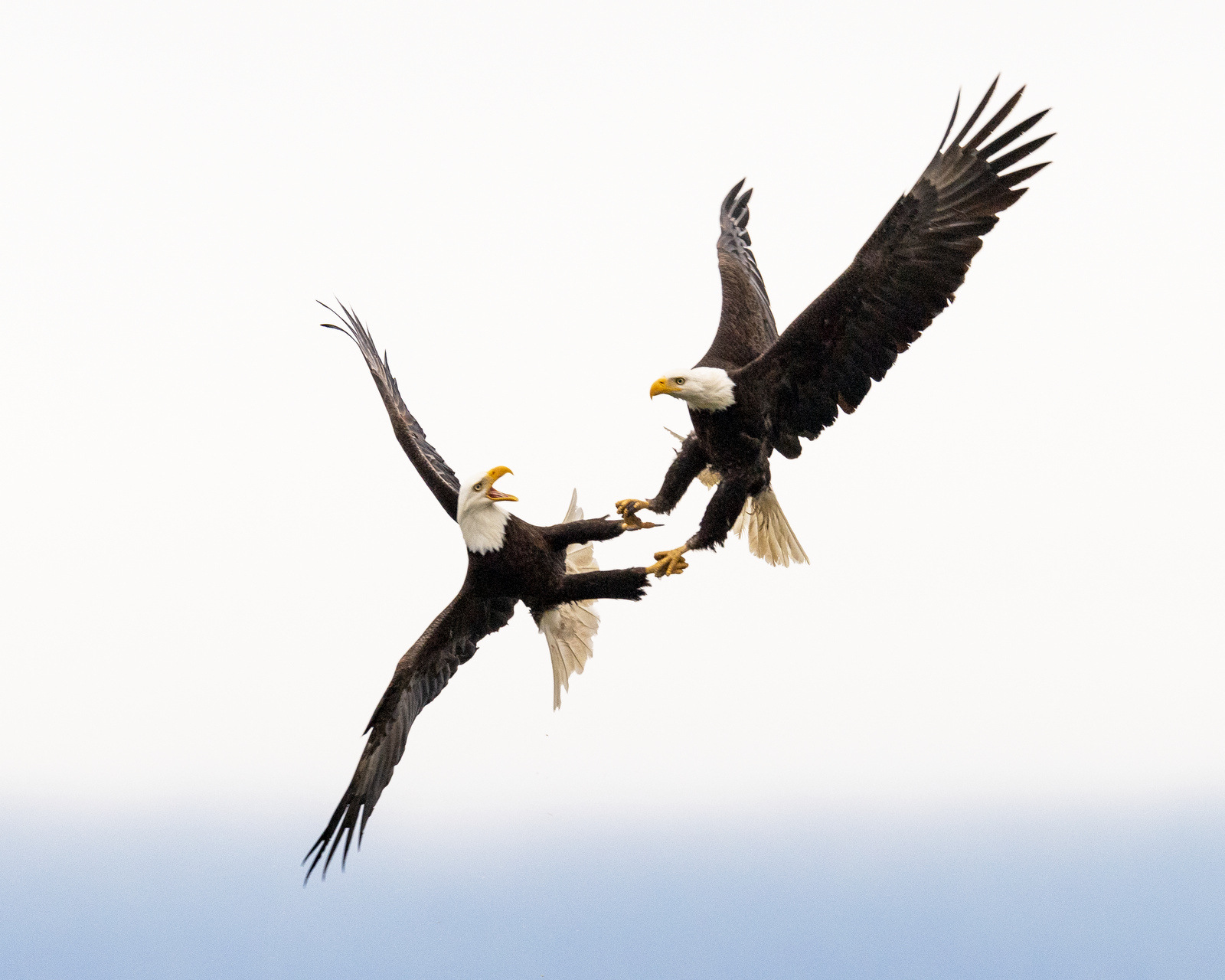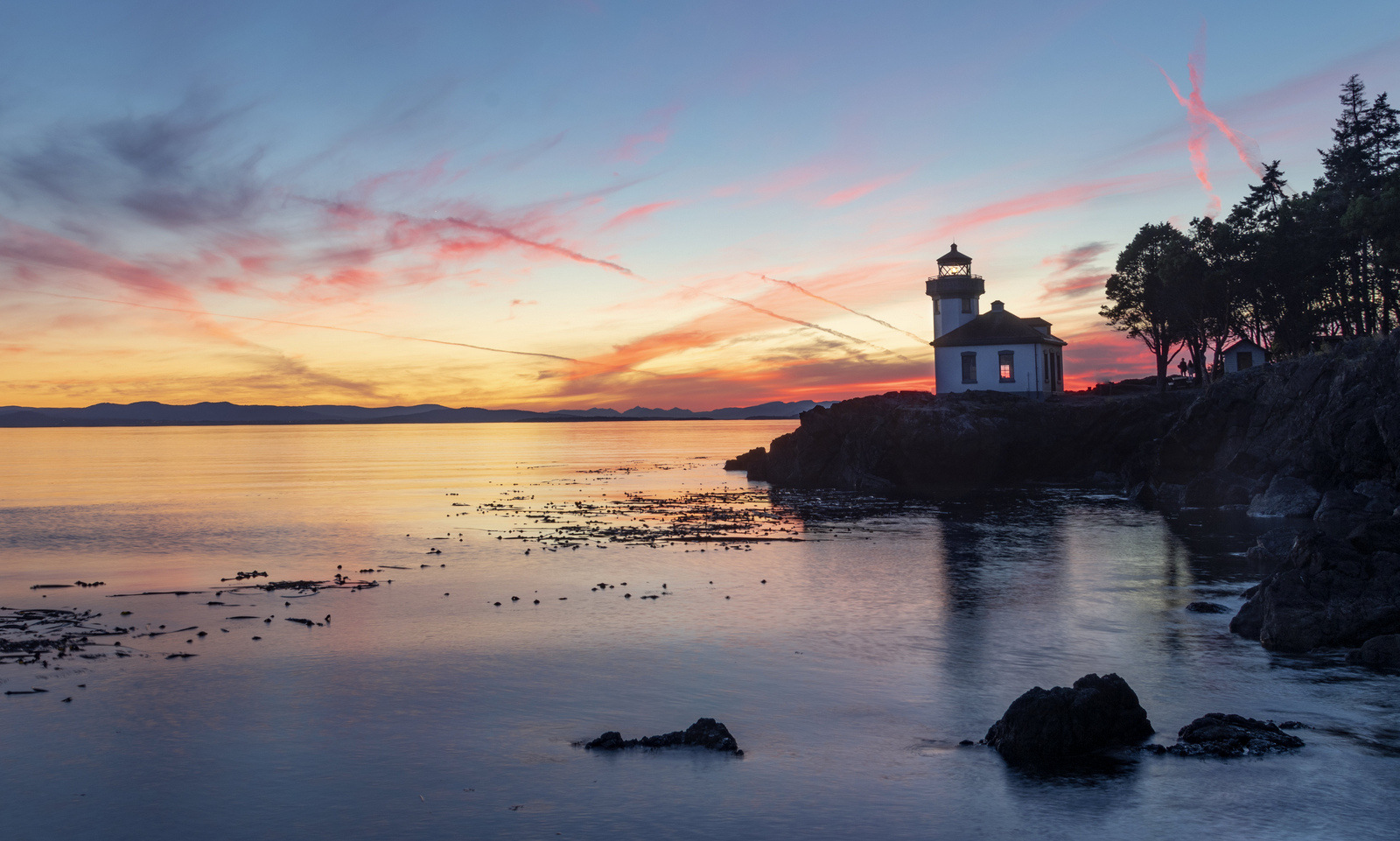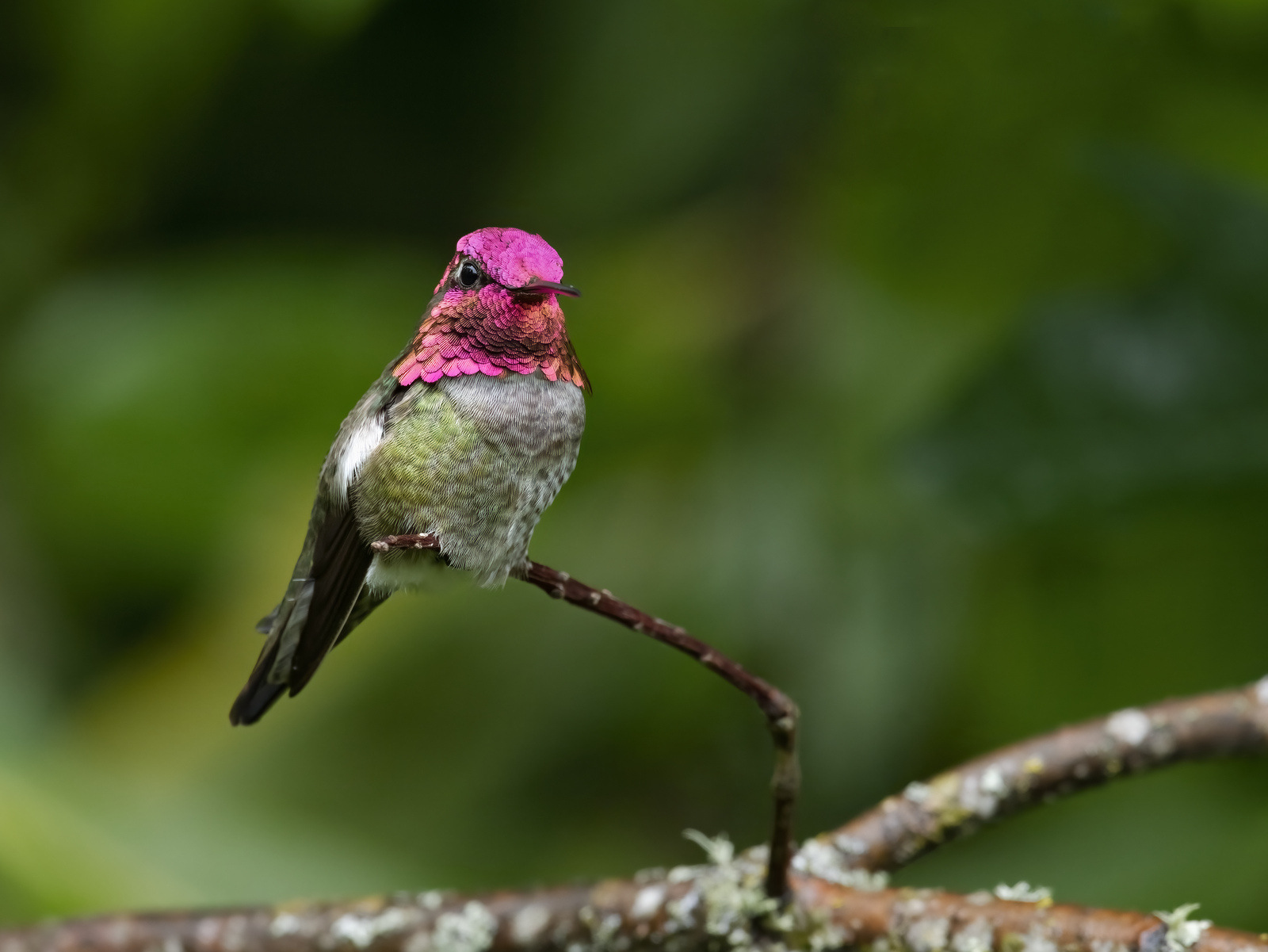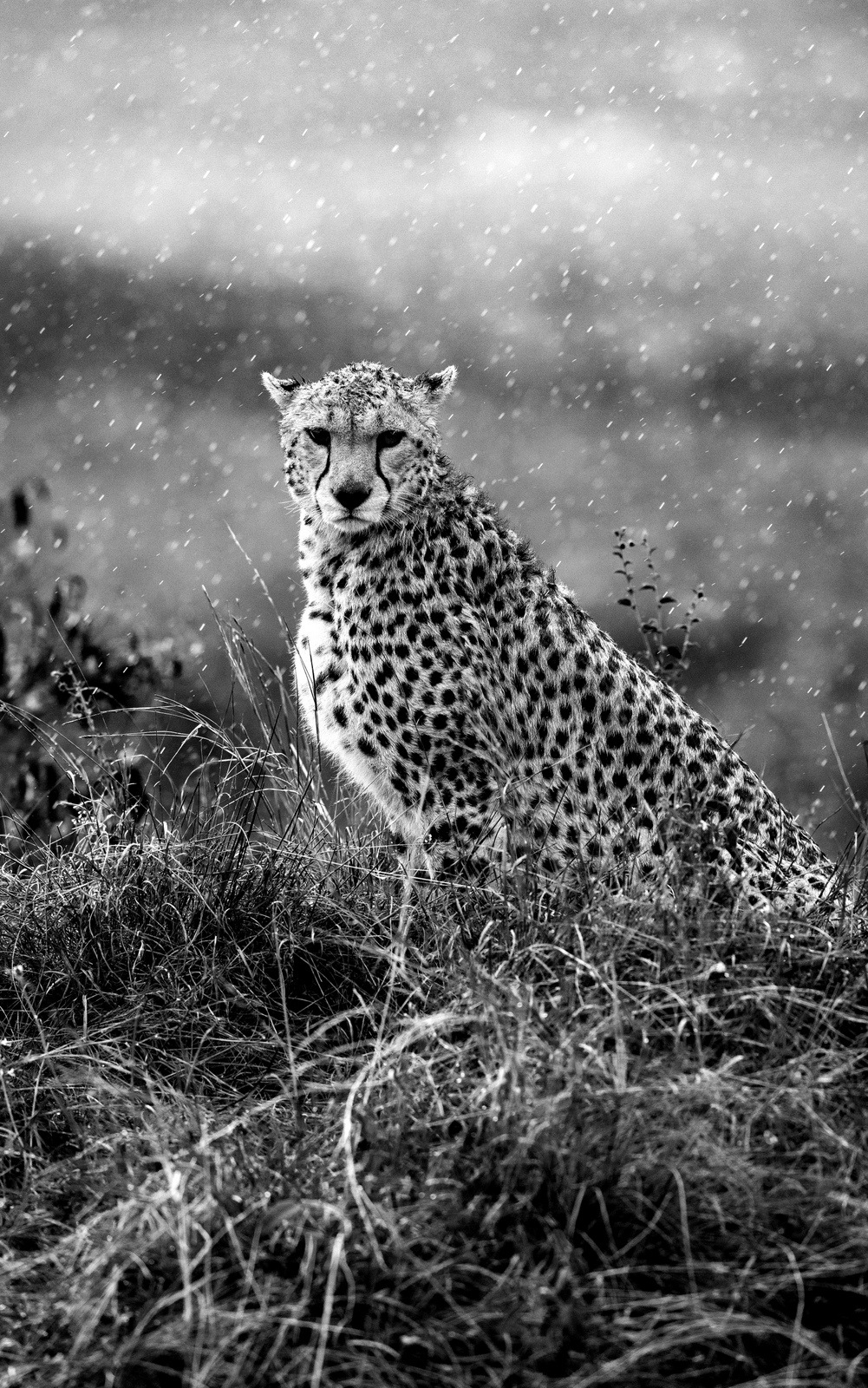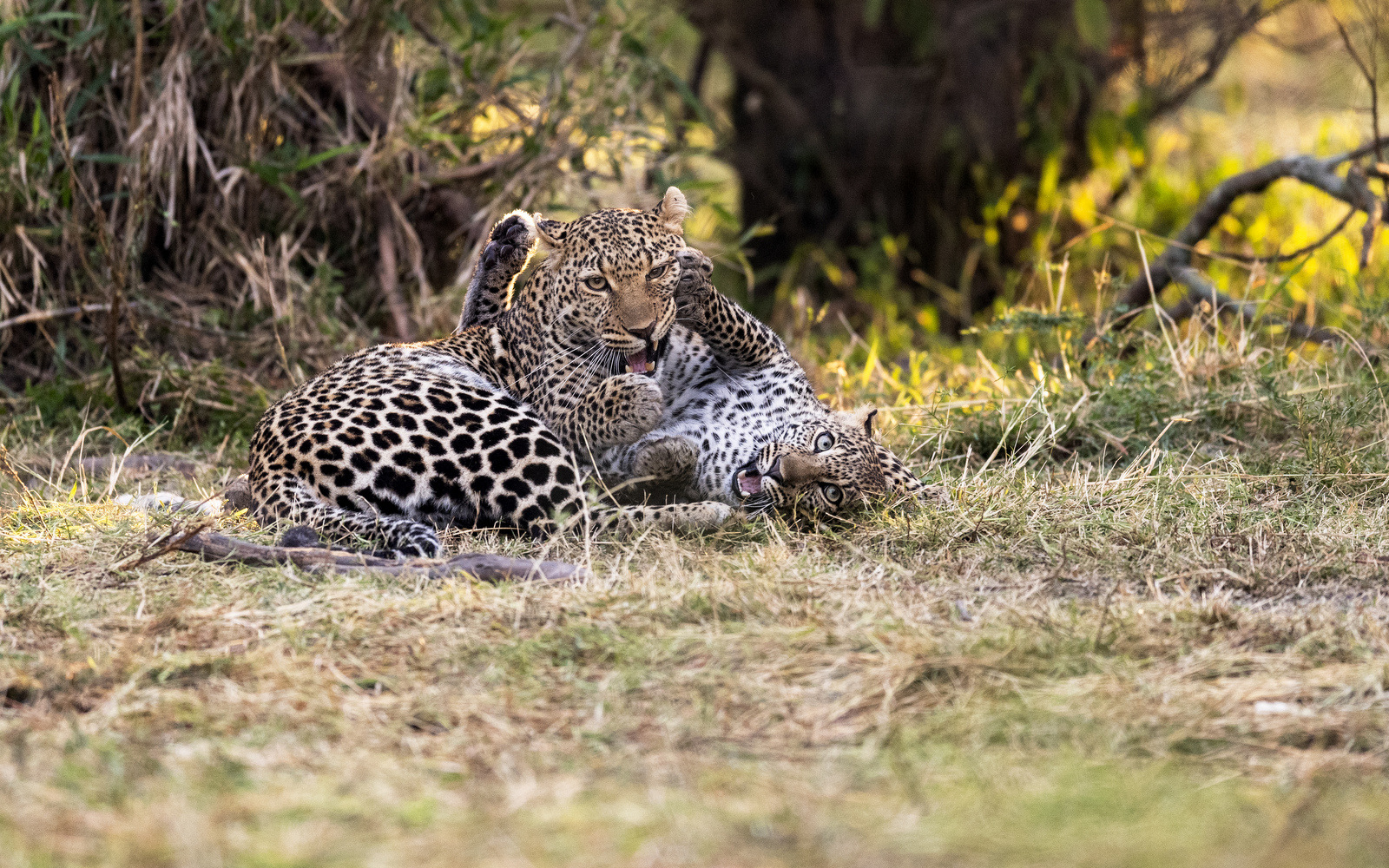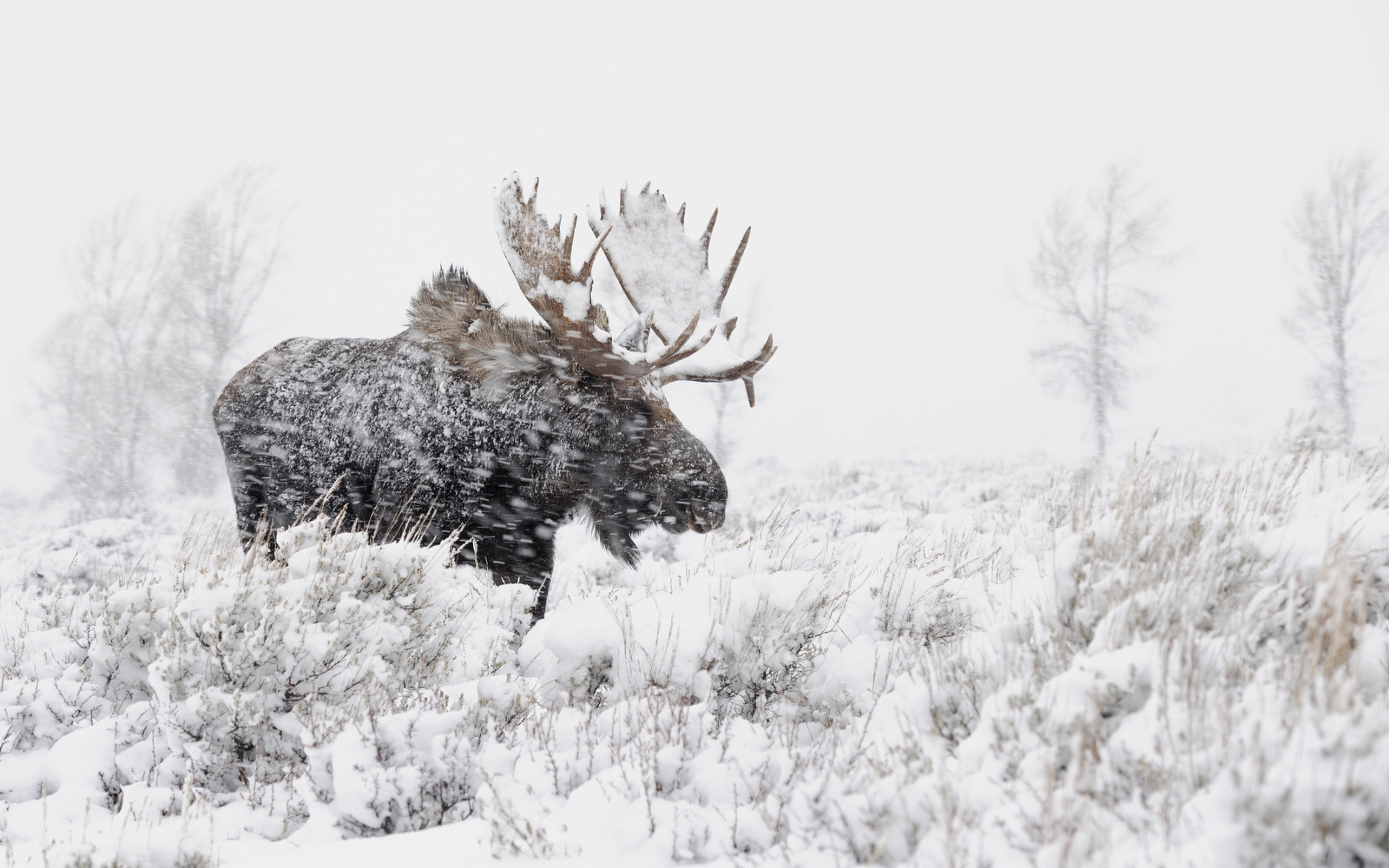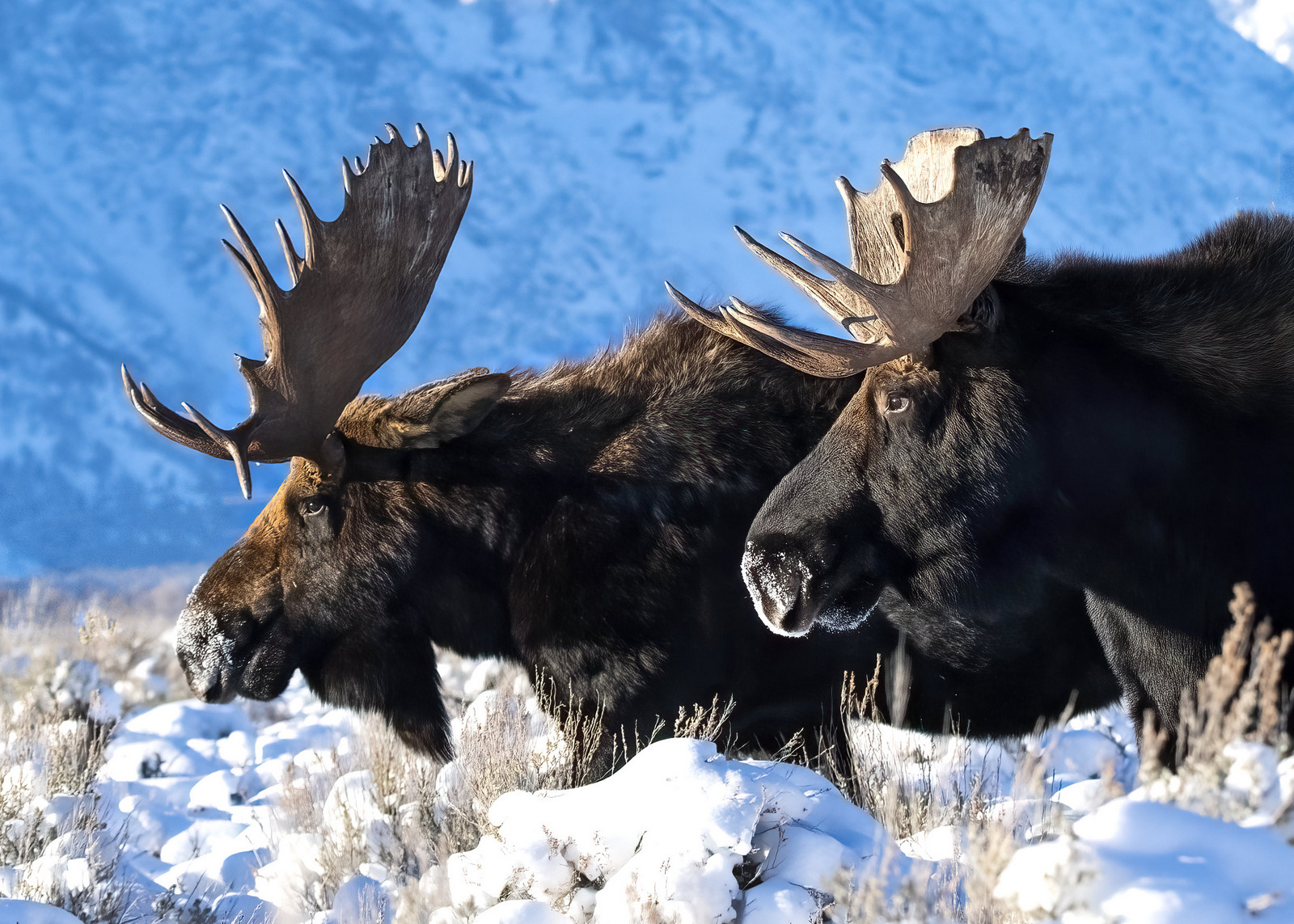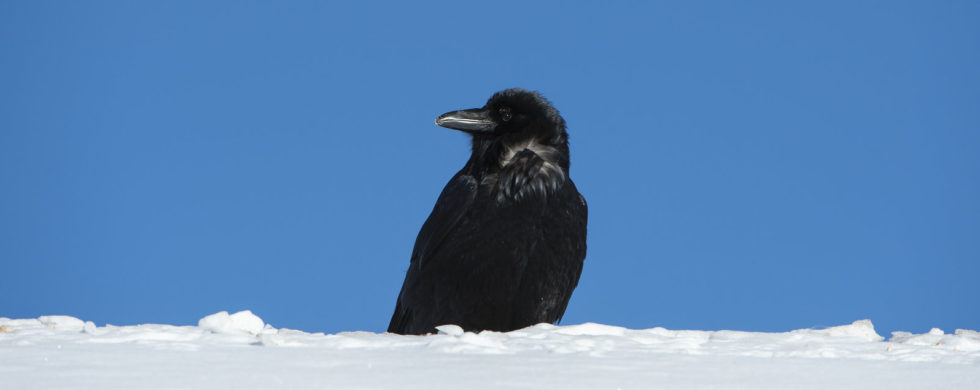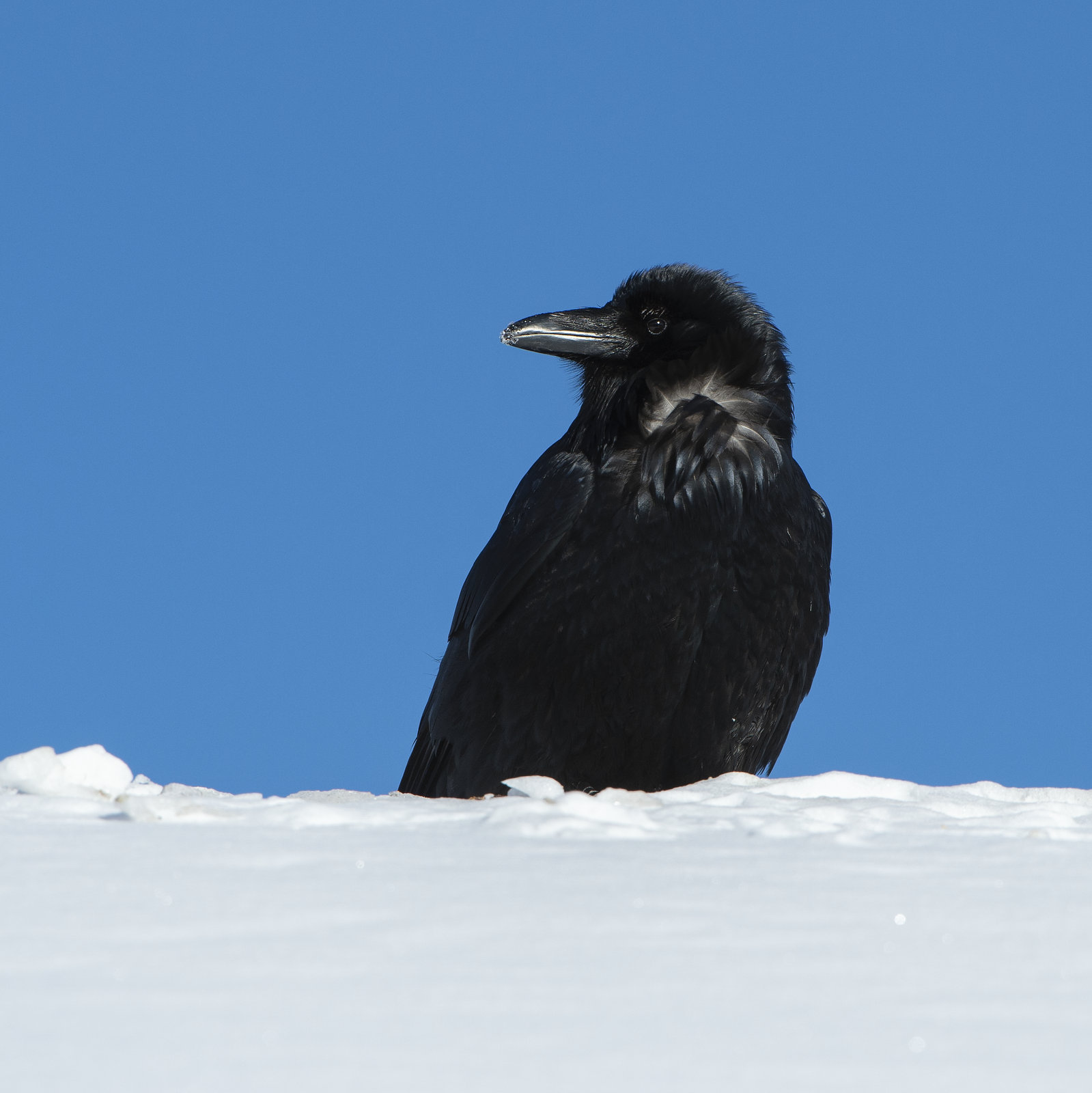31
Shot of the Month – March 2022
Travel to the high desert of Eastern Oregon and you can gaze in wonder at the Painted Hills as shown in the image above. These mellow, albeit colorful hills are a time capsule of a tumultuous past that is hard to fathom. Believe it or not, this place was once a tropical forest that was thick with vegetation, palm trees, bananas, and avocados. The area would get 80 inches of rain per year — this desert now only receives about 15 inches of moisture a year, mostly in the form of snow.
But I am getting ahead of myself. Let’s start at the beginning — waaaay back. This epic tale began 35 million years ago when massive volcano eruptions in the Cascade Mountains, a hundred miles to the west, blanketed this area with ash and pumice. Over time the ash and sediments were mixed by natural processes including the flow of water, growth of plants, and the movement of animals. The surface ash was oxidized over the passing eons. Buried under new layers and deposits, the ash turned into soils by way of compaction and cementation. With more time and weathering, the exterior surfaces of The Painted Hills were worn into clay. Now, they are primarily made of hard claystone layers.
Over the millions of years since those first eruptions, the area has experienced wild shifts in climate. Millions of years ago this space was home to weather more like Costa Rica – the tropical forests I mentioned earlier. Over time the climate shifted again and the area became a grassland with oak and maple trees. Those stunning colorful red, yellow, and black stratifications in the hills above are a signpost of each different climate reality.
The red stripes are laterite soil that was formed by floodplain deposits when the area was warm and humid. The darker black soil is lignite which was vegetative matter that grew along the floodplain. The yellow soils were formed during dryer, cooler climates. With each new climate, the landscape dramatically changed bringing different types of vegetation, water levels, temperatures, and animal life. Areas near the Painted Hills are rich with fossils from plants and animals – one can find fossils of saber-toothed cats, early horses, camels, and rhinoceroses to name just a few.
Standing on this quiet overlook, it is hard to comprehend the scale and breadth of the cataclysmic changes this land has seen.
These hills strike me as a powerful reminder that when we meet a hill, or a person, what we see today does not tell their entire story – they may have had a past, and may have a future, that is wildly different from today’s snapshot. Likewise, we can only imagine what they may have endured, for better or worse, to reach their current state.
Until next month…
Sources
If you want to photograph the Painted Hills here are a few good guides:
Here is a great overview on visiting the Painted Hills: Painted Hills of Oregon: Everything You Need To Know
Another guide: Exploring Painted Hills, Oregon
Another good guide: A Stunning Guide to Oregon’s Painted Hills
Nikon D850, Nikon 24-120mm (@35mm), f/8, 1/90 sec, ISO 64

